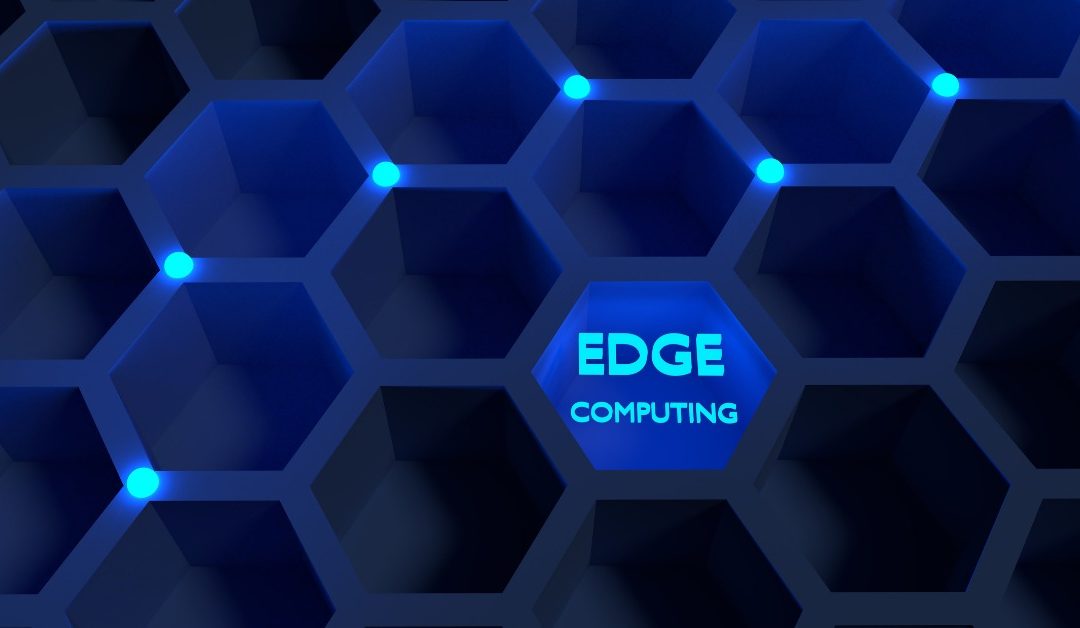We are sure you’ve heard the term edge computing over the last two years- who hasn’t by this point? Primarily driven by COVID-19, 2020 forced companies to rethink their development and implementation processes. These changes will likely have a permanent impact on IT and technology. Because of this, many companies have been looking to the edge. Frost & Sullivan predicts that approximately 90% of industrial enterprises will utilize edge computing by 2022. So what is the edge exactly?
What is Edge Colocation:
Edge colocation is the practice of locating highly connected data centers in tier-two markets that have been traditionally underserved by data center and telecom providers. Major metropolitan areas such as New York, San Francisco and Chicago have served as connectivity hubs for decades. Edge data centers provide interconnected ecosystems to neglected markets. As streaming services, machine learning and artificial intelligence, cloud gaming, and virtual reality continue to grow, edge computing minimizes the cost of moving massive amounts of data and also reduces the reliance on the network itself. Additionally, edge computing offers data privacy and security. It allows organizations to comply with the ever-important data sovereignty laws while ensuring intellectual property remains on-site.
Cybersecurity at the Edge:
Edge security is enhanced because the volume of data traveling over a network is reduced. Having data distributed on multiple devices also eliminates the risk of a single point of failure that can cripple a system. Minimizing the distance data travels also reduces the number of routers the transmission must traverse, each of which is a potential security risk.
The Future of the Edge:
With 2022 approaching, organizations are taking a much deeper look at their cloud usage. Cloud was initially positioned as the answer to all problems, but now the question is, at what cost. More organizations are turning to hybrid cloud and edge computing strategies, and choosing solutions that process data at the source of its creation. In 2022, organizations will rely on hybrid environments, with edge computing collecting, processing and reducing vast quantities of data, which are then later uploaded to a centralized data center or the cloud.
Colocation data centers, like 165 Halsey Street, offer a hybrid approach to the edge. By coordinating with a colocation provider, it is easy to update or downgrade space requirements and network bandwidth. Working with a colocation facility ensures that organizations can distribute their digital infrastructure to meet business requirements while being confident that they are maintaining resiliency, compliance, and security.

